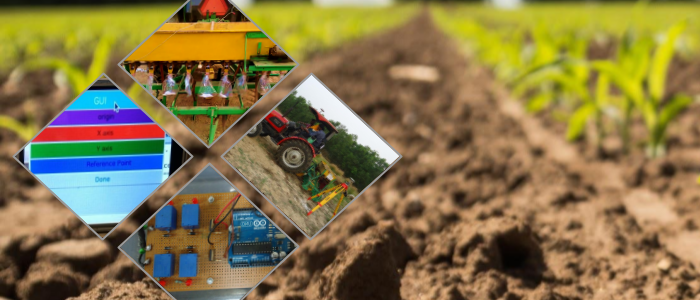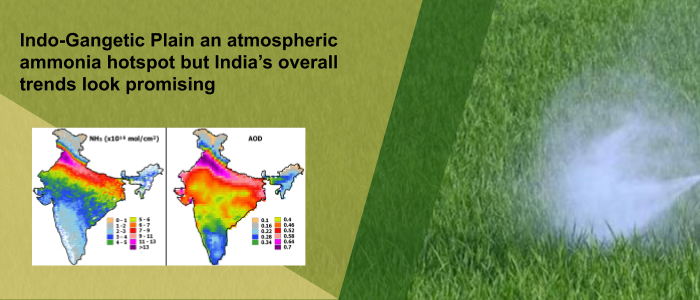
IIT Kharagpur Innovates DGPS-Enabled Soil Mapping Tech for Effective Fertilization
Geospatial mapping is a buzzword today with the Govt. of India liberalizing the sector. There is another side of mapping that could transform the food security program of India; soil maps which could be accessed using differential GPS, developed by researchers at IIT Kharagpur for a variable rate of fertilization application in farmlands. The novel technology is aimed towards efficient use of Nitrogen, Phosphorous and Potash for automated soil nutrition management by bypassing both manual labour based operations or sensor-based fertilization technologies which are still under development. Spatial variations in soil type and mineral content in large agricultural tracts are…

